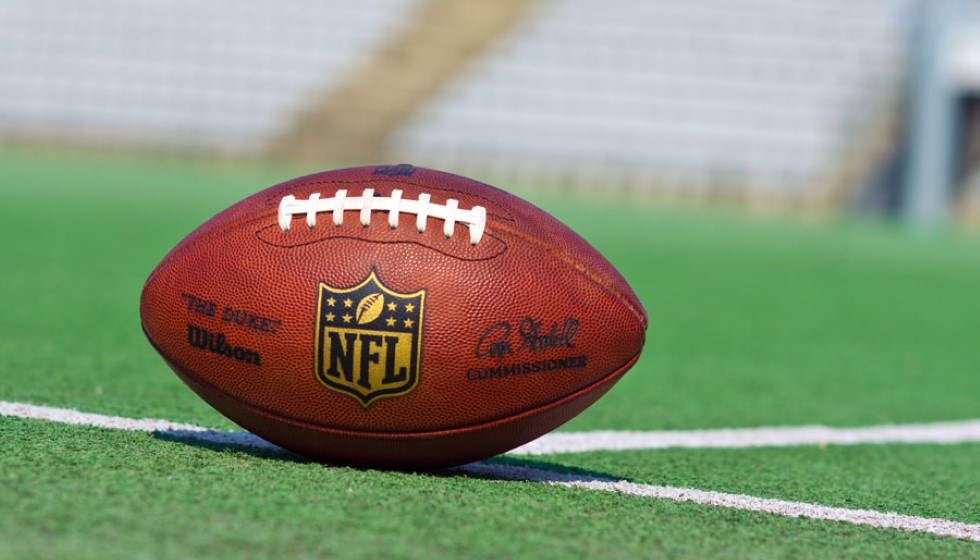
Professional Athletes Under Threat: A Surge in Burglary Targeting Sports Stars
In a troubling trend that has shaken the world of professional sports, a series of high-profile burglaries has spotlighted the vulnerabilities faced by top athletes. Recently, personal security concerns have surged to the forefront for stars in both the NFL and NBA as their homes and possessions become enticing targets for criminals.
Notable figures such as Patrick Mahomes, Travis Kelce, and Luka Doncic have found themselves at the center of this unsettling wave of break-ins. The growing list of victims extends to include Sarah Jane Ramos, Dak Prescott's fiancée, who suffered a significant loss of nearly $40,000 in personal valuables stolen from her car while she was at a Pilates studio in Dallas. This incident underlines the expansive scope of these threats, reaching beyond the home to various aspects of everyday life.
The leagues have responded in rapid succession. The NBA issued a security memo in November, raising awareness among its players after the brazen burglary at Luka Doncic's Dallas residence. Likewise, the NFL called for a league-wide security alert, fueled by the break-ins at the homes of Mahomes and Kelce, heightening the already pervasive anxiety among their players and families.
Perhaps most unsettling was an incident involving Joe Burrow's residence in Cincinnati. Targeted during a game between the Cincinnati Bengals and the Cowboys, the burglary underscored a new level of brazen targeting, occurring as the athlete was mid-game, seemingly combining timing with opportunity in a manner rarely seen before.
These incidents portray a worrying pattern where professional athletes, by virtue of their status, have become prime targets for criminal activities. This pattern has prompted many to rethink their security measures, seeking innovative ways to safeguard themselves and their loved ones.
Dak Prescott, the Dallas Cowboys quarterback, shared his thoughts on the pervasive threat faced by him and his peers. Reflecting on his public stature, Prescott noted, "The target that I am, whether it be for a natural robbery, whether it be for losing the game or whatever, I understand the position that I'm in. So for me, it's more about today and now protecting my fiancée and my daughter."
Prescott's remarks underscore the dual reality faced by athletes who need to balance their public personas with private safety concerns. "It's not fun. I could say that for sure," Prescott continued. "Obviously fortunate to be able to put people and things in place to protect myself, so that's my No. 1 priority."
Prescott's fiancée's break-in experience drove home the unpredictable nature of such crimes. In a rare honest admission regarding security vulnerabilities, Prescott pondered, "Who knows how many times that happens a day?" His words bring to light the latent threats faced by athletes, revealing the constant pressure and stress accompanying their esteemed positions.
This spate of incidents has forced athletes to re-evaluate and bolster their security strategies. Across the leagues, players are installing cutting-edge security systems and hiring specialized personnel to mitigate risks. This proactive stance aims to provide a sense of safety amid the rising tide of targeted criminal activities.
Security experts and analysts are increasingly paying attention to this trend, highlighting the need for more robust protocols to protect athletes and their families. As sports figures continue to be cultural influencers, their security aligns closely with their ability to perform both on and off the field, unmarred by the stressors of personal safety threats.
The emotional and financial toll of these break-ins is immeasurable, calling for a collective action from teams and individual athletes alike. With athletes enhancing their personal security strategies, the message is clear: protection and privacy are not mere luxuries but essential components of a professional athlete's life.
As the sports community grapples with these challenges, it becomes evident that strategies aimed at preemptive protection will need to constantly evolve to stay one step ahead of the looming threats, ensuring that the focus stays where it belongs—on the game and the athletes who continue to inspire on the world stage.